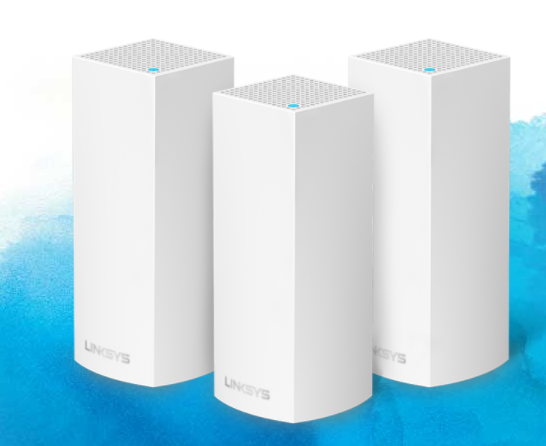

There are parts of my home which don’t get good Wi-Fi coverage from the internet router in my home office. Fortunately, there are ways to enhance that signal so, with the right equipment installed, the internet can now reach every nook and cranny of my house and yard.
Having good Wi-Fi throughout the home is increasingly important as people rely on all sorts of wireless devices to watch TV, listen to music, control lights and so much more. Some smartphones and carriers even let you make phone calls via Wi-Fi but that function won’t work if the phone can’t connect to your Wi-Fi router.
And it’s not just a matter of connecting. For some devices, specifically smart TVs or video streaming devices like the Roku or Apple TV, you need a strong signal to get a good picture. And that will become even more of an issue as people transition to ultra-high definition or 4K TV streaming.
According to SpeedGuide.net, “A general rule of thumb in home networking” is that today’s typical Wi-Fi “support a range of up to 150 feet indoors and 300 feet outdoors.” But, in addition to all the other factors I mentioned, the specific type of Wi-Fi can also effect range and performance, especially if either your router or device only speak early Wi-Fi protocols. All Wi-Fi networks follow the 802.11 protocol but that is usually followed by one or more letters. Most of today’s routers and devices support the newer, faster and longer range 802.11 N and AC protocols but are backwards compatible, allowing older and newer equipment to co-exist on the same network.
But, regardless of what type of Wi-Fi you’re using, you’re still up against those issues of distance and obstacles, which is why I needed some type of repeater to assure that the internet can reach every corner of our house plus the backyard chaise lounge.
There are many solutions ranging from an old internet router that you may have lying around to devices like the amazing but expensive new Linksys Velop system that let me place three “nodes” through my house to extend my network to places it had never before reached.
Until installing the Velop, I relied on having two routers. One was my main router connected directly to the cable modem and the other was an old router that I had hardwired, via an Ethernet cable, to the main router. To make that work, I had to configure the remote router as a wireless access point (scroll down for instruction) and run a long Ethernet cable between the two routers). That worked pretty well, but required that I had two separate networks, each with a distinct network name (also known as an SSID). That meant that if I wanted to connect my phone or laptop to the remote router, I had to select that network instead of the main network associated with my main router.
A simpler solution is to buy a Wi-Fi range extender such as the $25 Netgear N300, which wirelessly picks up your main Wi-Fi signal and extends it to boost the range. Like the wired solution I used, it too sets up a new network SSID and typically slows down the signal compared to the main router, which may or may not be a problem.
The Linksys Velop ($499 for a three-pack), along with competing products like Eero system ($399 for a three-pack) or $349 Netgear Orbi ($349 for a 2-pack) work by setting up “mesh networks” where each device picks up and retransmits the signal. The only one I tested was the Velop, which was provided to me by Linkys for testing.
You start the Velop setup by connecting one of the devices to your internet modem and use an iOS or Android app to configure it to work with your network. The devices (nodes) are interchangeable until you establish one as the main unit and the other as remotes.
You don’t need to know a lot to do this but you will be asked to create a single new Wi-Fi network name and password, which will work with all your nodes. Then you place one of the other nodes in another part of the house and use the app to configure that node. You can easily move any of the nodes later but you’ll get better performance if you use the app to perform a “channel finder” procedure when you move a node.
You can set up parental controls to manage when your kids can get online and what sites they can visit but these controls only work when they’re on the home network. You can also prioritize up to three devices to make sure they get the strongest possible signal. The Velop automatically switches between various Wi-Fi protocols and frequencies to optimize performance and range.
The Velop is pricey but my newfound ability to stream movies from my backyard on a pleasant spring evening is pretty close to priceless.
Links